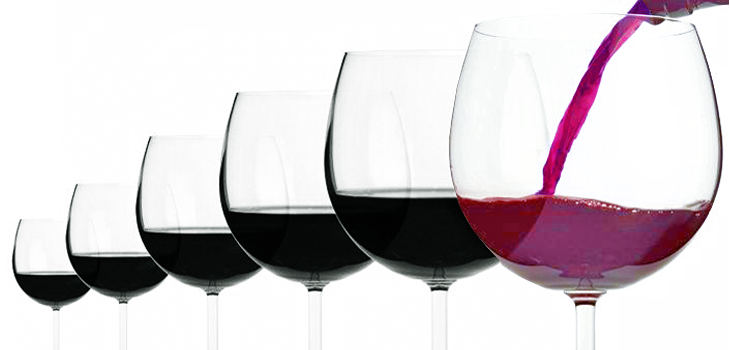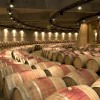Last week saw the fourth edition of Premium Tasting in Mendoza. There was much talk of the future and how to offer wines for as many palates as possible.
The event is simple: the top grade wines are ranked by the American critic Robert Parker Jr.-in real-ity by his representative for the domestic market, Luis Gutierrez – and organised in a mass tasting. In total, 30 samples, each with more than 92 points, tasted by 350 people. That is basically the Premium Tasting, whose fourth edition was held on 14 and 15 August in Mendoza.
Organised by Nicholas Aleman and Hotel Intercontinental, since the second edition, it carries the Premium Tasting seminar. This seminar, held on the first day, is where we believe the most interest-ing things happen. This year sat some of the most renowned winemakers in the country – and some foreigners – to reflect upon the tasting course of Argentinian wine.
In the talks that took place, one was really important, because it spoke about the look of the future. Entitled “Cabernet Franc, the end of Malbec?” Winemaker Alejandro Vigil -chief winemaker at Catena Zapata, among many others – and Chilean journalist Patricio Tapia, tried to explain how Cabernet Franc is the variety that is reinventing Argentine wine.
The key is in the Franc
Planted in our country from the end of the late nineteenth century, Cabernet Franc has always been a blend variety. During the 1990’s, however, new clones of the variety were incorporated and the first varietal vineyards were planted. The plan was to have a wine to add sparkle to other varieties in blends. However, after a decade, the result is that it has its own life and brightness with powerful beats and creative muscle.
To Vigil, the key of Franc is not so much the ability of the variety to make wines of aromatic ex-pression and juiciness in the mouth. The key, he said, is that the grape is plastic, it fits many terroirs very well and produces different wines in each case. Something Tapia endorsed with French exam-ples.
But what is more important is that it is a variety with unlimited personality in the domestic market, which allowed the winemakers to work without preconceptions about what consumers expect. Hence today, with the name Franc, a new style can be found in the market. That is the lesson of Franc: to make different wines in Argentina. Not only fat and sweet reds. Instead they can be linear or light, no only with Franc, but with Malbec or Cabernet Sauvignon, for example. And that means a shift in the industry toward diversity, expanding the palate of consumers and their occasions to drink wine, beyond a powerful red for the barbecue.
Diversify. Unfinished business
In fact, Franc is not the only example. Pinot Noir took the first steps in different styles in our mar-ket. This variety, light and fragrant, and soft in the mouth, was the first to challenge the world of powerful and concentrated reds. However, it was not clear whether it was a matter of style, or rather an inability of the grape itself to produce those characteristics.
And then Franc appeared. A grape that could have given us big and robust wines, if the winemakers had wanted it to, but the limited quantity and low impact on the market became the battering ram to the renewal of Argentine wine. With it, winemakers played and had fun and made wines that they would like to drink. Something the consumer caught onto, because they perceived that there was a wine with a new profile, that they could call Cabernet Franc.
To mention a few examples of this trend we could list: Lamadrid Single Vineyard Reserve, El En-emigo, ZAHA or Martino Reserve.
So, today we are at the same starting point from which the consumers and the industry took off from in the 90’s: a wine that has laid the foundations of a challenging style. Back then, the key was Malbec. Today, along with Franc and Pinot Noir, we should also mention Petit Verdot, Tempranillo, Syrah and Bonarda. If we pay attention to what was said in the Premium Tasting, then it seems that we are on the threshold of a new era. And that is something to celebrate.
Source: Vinómanos



